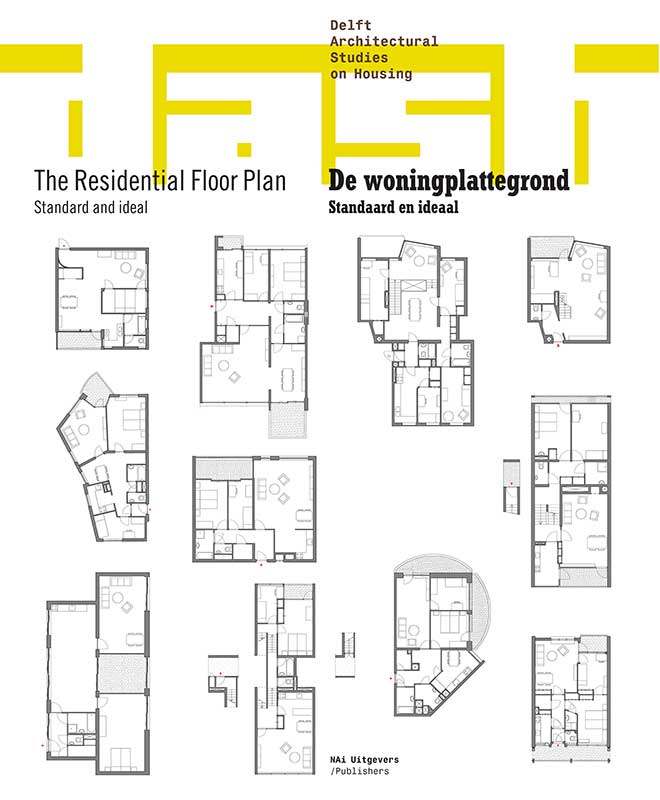Editorial
DOI:
https://doi.org/10.7480/dash.04.4613Abstract
The concepts ‘standard’ and ‘ideal’ are inextricably associated in housing design. Efforts by various architects in the twentieth century to create standardized and affordable dwellings produced an endlessly varied series of ideal homes, some of which were built, others not. While large-scale housing is based to a high degree on optimization and repetition, residential floor plans have nevertheless proven to be the subject of continuous development. Roughly speaking, two approaches can be distinguished: on the one hand, the search for new typologies familiar to us from modern architecture, and on the other, the search for typological invention, which takes the conventions of existing house building practice as its starting point.
The recent collapse of our economic growth model has given renewed relevance to the call to reformulate housing ideals. With less money available and companies, government agencies and consumers avoiding major risks, the most obvious prediction seems that we are on the threshold of a new austerity. The question arises, however, whether it is actually advisable in these circumstances to fall back on existing standards. Now is perhaps the moment to develop new standards for the residential floor plan. At any rate, the present crisis will certainly compel architects to undertake a new search for better fitting solutions.
In this fourth edition of DASH we explore a possible direction in which these solutions might be found. Using classic and lesser known projects from inside and outside the Netherlands we study the oscillating movement of the residential floor plan, and the topical question of how to relate individual solutions and large-scale stacked housing developments. Although mass customization has for some time been the magic charm for banishing the spectre of twentiethcentury mass production, ‘standard’ solutions are still common in day-to-day building practice. This begs the question of how and to what extent differences can be usefully incorporated in mass housing.



